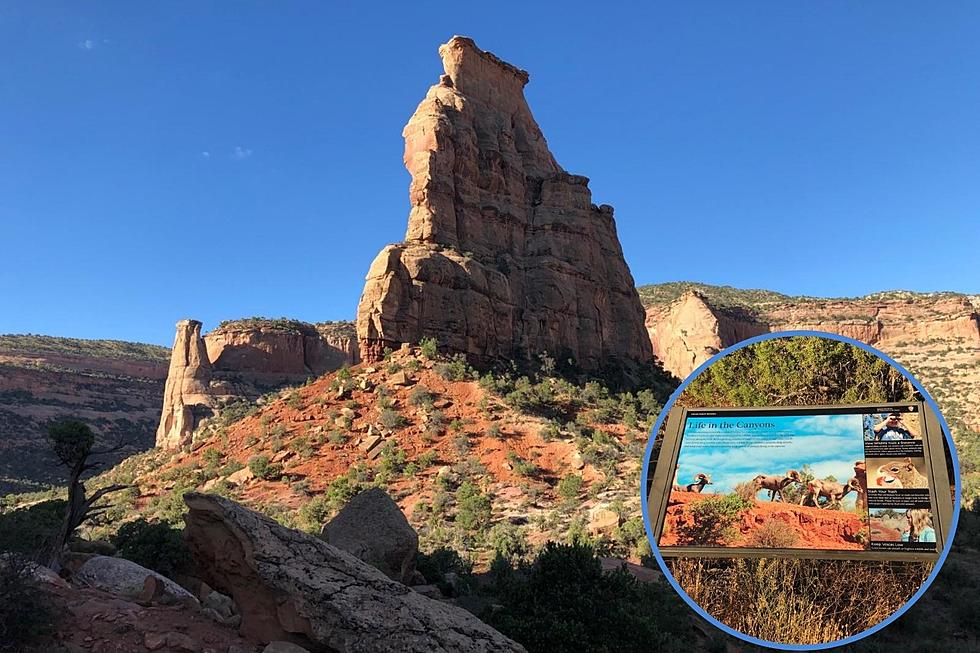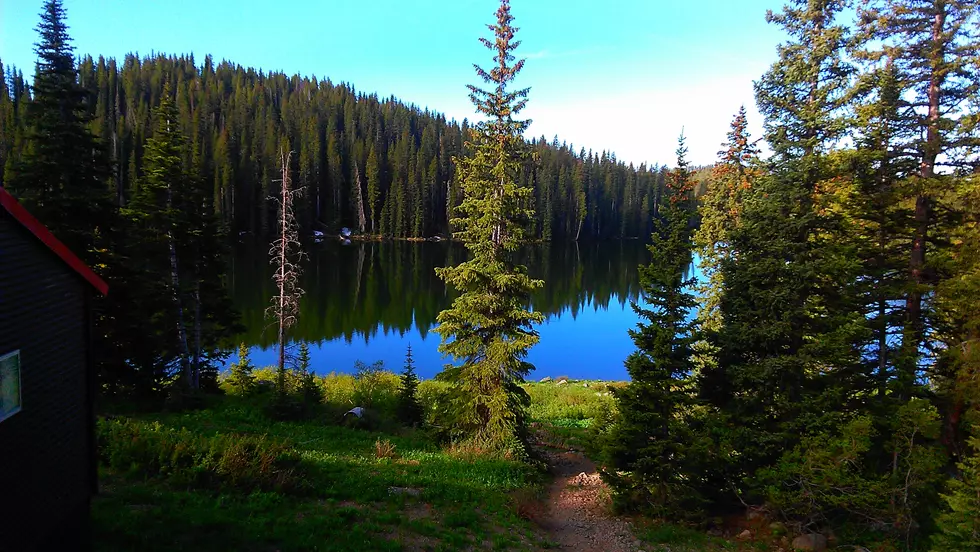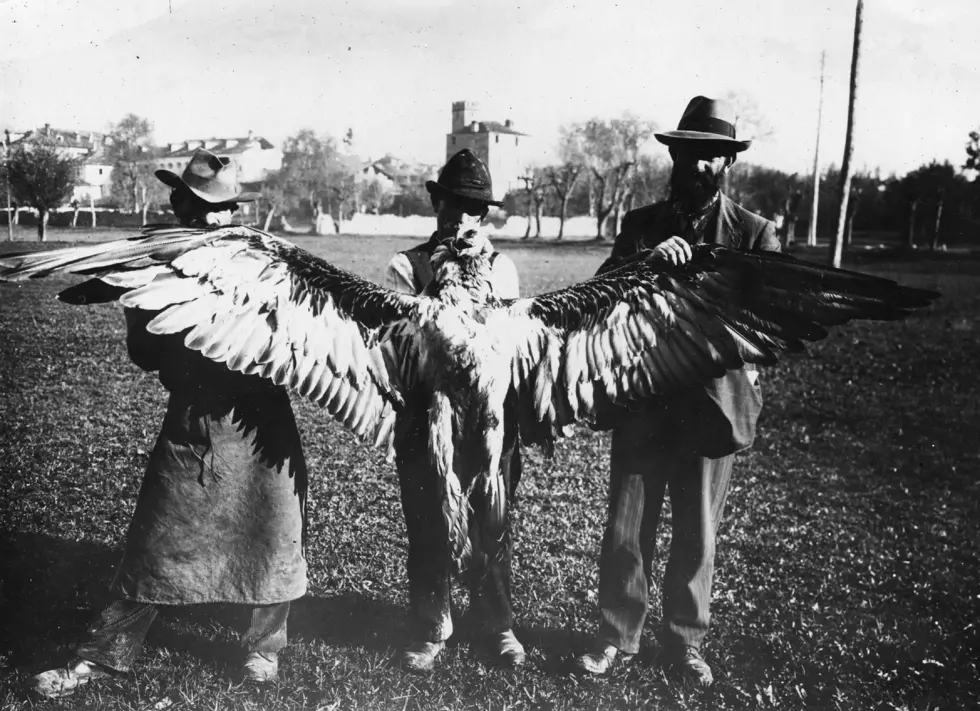
Still Time To Take In The Lyrid Meteor Shower
Clearing skies will make for excellent viewing in western Colorado!
It's the first big meteor shower since the Quadrantids in late December into the first half of January. The biggest difference between the last meteor shower and the current Lyrid, the warmer weather. Let's face it, you've got to be a hard-core fan to venture out in the dead of winter. Now that overnight lows are excepted to be in the uppers 40s and low 50s, getting out to see the show is more practical.
Tonight and Tuesday will be the best nights to see the greatest number of meteors. Actually, the early pre-dawn hours will be the peak time. Not only will there be more streaking across the sky, but the waxing moon will also have set by late night, leaving the sky darker for meteor-watching. The peak of the shower, which is a burst of concentrated shooting stars usually lasts for less than 24 hours and that's expected to happen in the early morning of Tuesday, April 23.
T
Fun factoid, the Lyrids are one of the oldest recorded meteor showers. There's evidence that the Chinese observed the shower more than 2,500 years ago. The meteor shower is created by debris from the comet Thatcher. Comets orbit the sun like planets but in a much more elliptical orbit that takes much longer to make the trip around the sun. Thatcher takes about 415 years to go around. That comet isn't expected to be visible on Earth again not until 2276. Guess most of us will be missing that.
As with any outdoor nighttime observations the best places to see the show is out of town. Get away from as much light pollution as possible. The higher the elevation the clearer the view too so atop any of our surrounding features, The Colorado National Monument, The Bookcliffs, of the Grand Mesa will improve your spotting more meteors. The snow and colder temps on top of our neighboring "world's largest flat-top mountain," may make it less appealing for this adventure.
Credit: Space.com
More From 95 Rock









